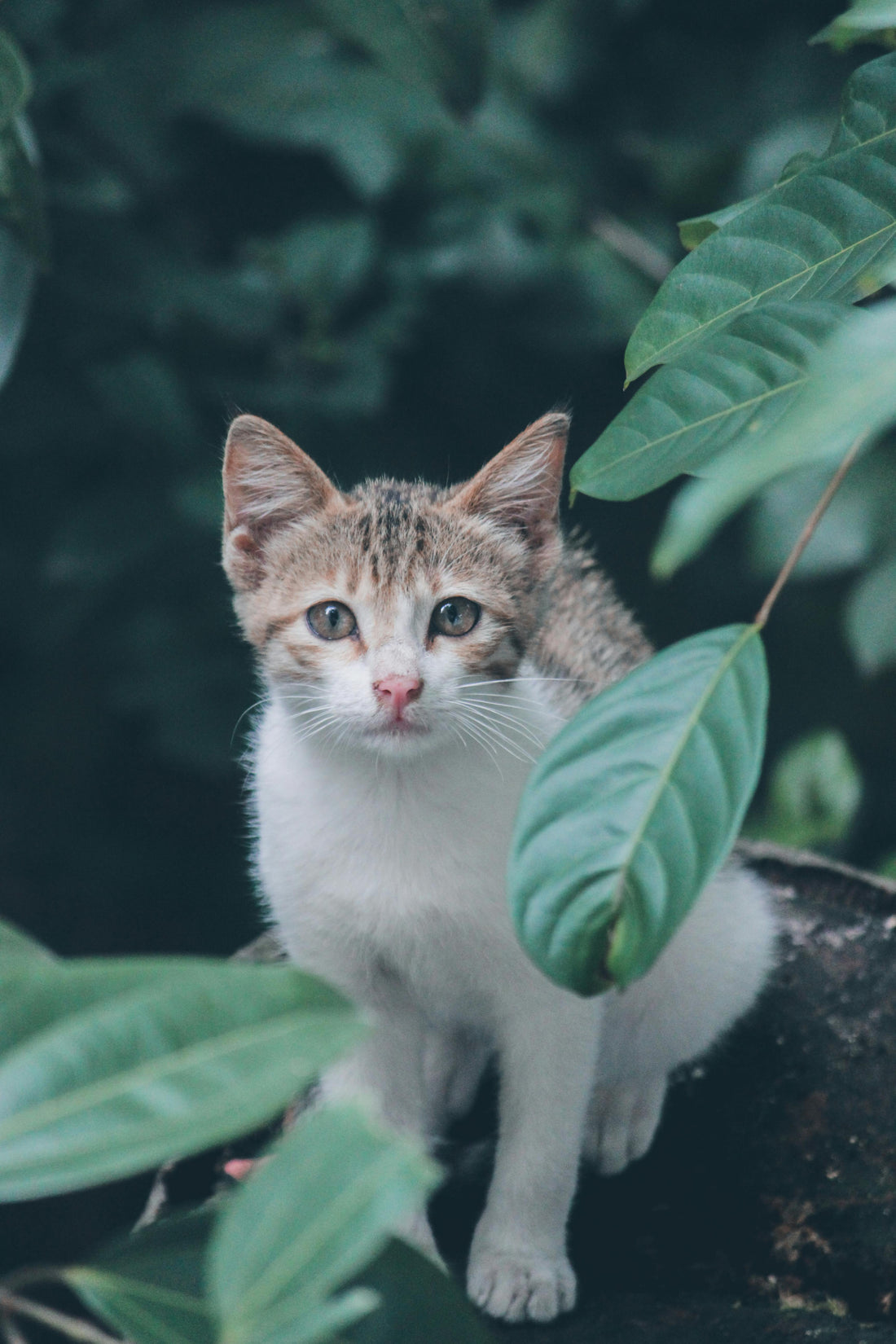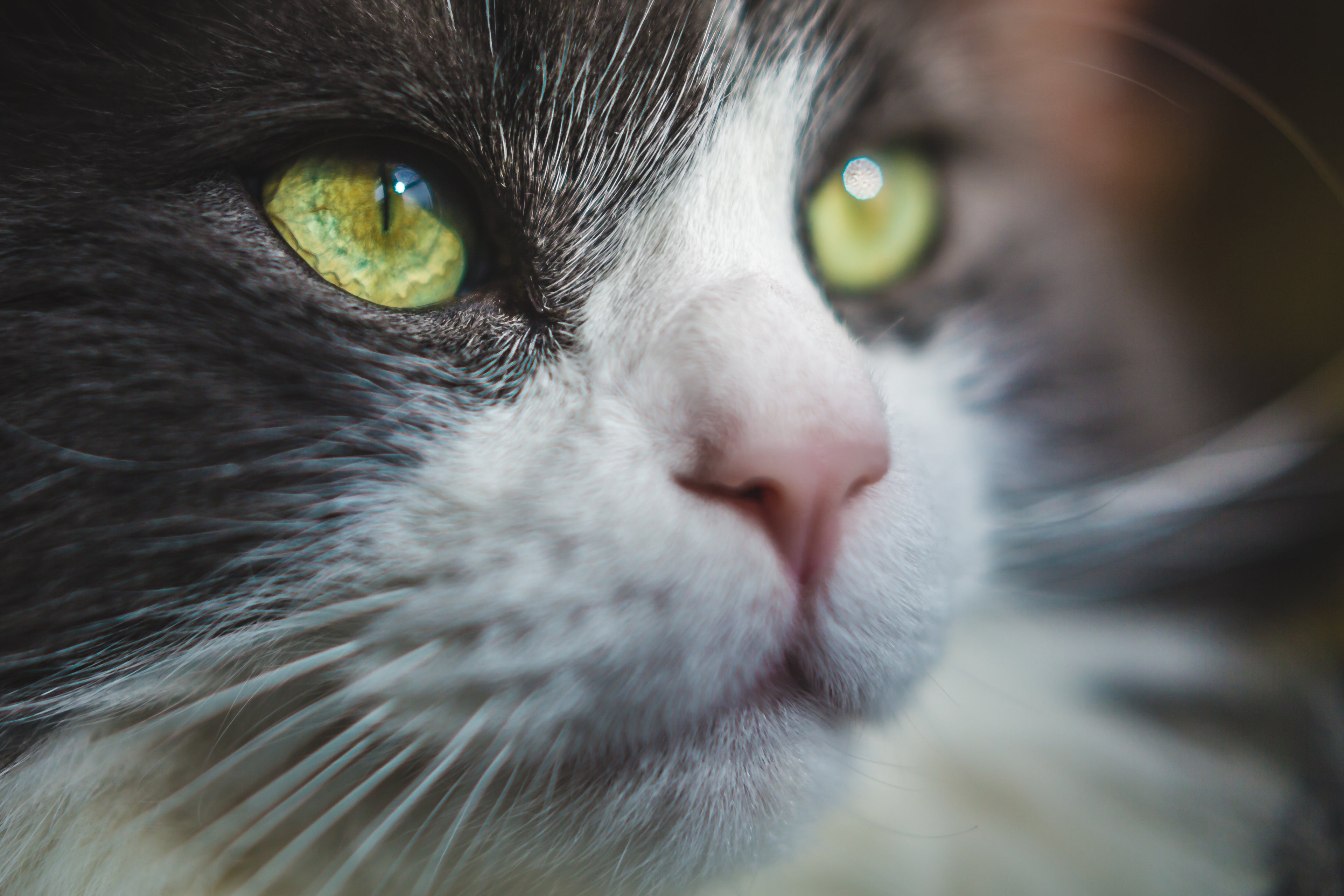
Poisonous plants for cats: What to avoid in your home
Compartir
### Poisonous Plants for Cats: What to Avoid in Your Home
Cats are known for their curiosity and often enjoy exploring and nibbling on plants. However, some common plants can be extremely toxic to them. It is crucial that cat owners are informed about poisonous plants to protect their felines from possible poisoning. In this article, we highlight some of the most dangerous plants for cats and how to keep your pet safe.
- Vomiting
- Lethargy
- Lack of appetite
- Acute kidney failure (in severe cases)
- Vomiting and diarrhea
- Excessive drooling
- Weakness
- Depression of the central nervous system
- Coma (in severe cases)
- Oral irritation
- Drooling
- Difficulty to swallow
- Vomiting
- Oral irritation
- Drooling
- Vomiting
- Difficulty to swallow
- Drooling
- Vomiting
- Abdominal pain
- Diarrhea
- Drooling
- Vomiting
- Oral irritation
Cats are known for their curiosity and often enjoy exploring and nibbling on plants. However, some common plants can be extremely toxic to them. It is crucial that cat owners are informed about poisonous plants to protect their felines from possible poisoning. In this article, we highlight some of the most dangerous plants for cats and how to keep your pet safe.
- Lilies : Lilies (Lilium spp. and Hemerocallis spp.) are extremely toxic to cats. Ingesting even a small amount of this plant can cause acute kidney failure in cats. All parts of the lily, including leaves, flowers, pollen and stems, are dangerous.
- Vomiting
- Lethargy
- Lack of appetite
- Acute kidney failure (in severe cases)
- Azaleas and Rhododendrons: Azaleas and rhododendrons (Rhododendron spp.) contain toxins called grayanotoxins, which can cause serious symptoms in cats.
- Vomiting and diarrhea
- Excessive drooling
- Weakness
- Depression of the central nervous system
- Coma (in severe cases)
- Dieffenbachia: Also known as "dumb cane," dieffenbachia contains calcium oxalate crystals that can cause severe irritation to the mouth and gastrointestinal tract of cats.
- Oral irritation
- Drooling
- Difficulty to swallow
- Vomiting
- Calla lilies: Calla lilies (Zantedeschia spp.) also contain calcium oxalates, which can cause symptoms similar to those of dieffenbachia.
- Oral irritation
- Drooling
- Vomiting
- Difficulty to swallow
- English Ivy: English ivy (Hedera helix) is another common plant that can be toxic to cats. It contains triterpene saponins, which can cause digestive and neurological problems.
- Drooling
- Vomiting
- Abdominal pain
- Diarrhea
- Poinsettia : Although poinsettia (Euphorbia pulcherrima) is less toxic than other plants on this list, it can cause irritation to the mouth and stomach of cats.
- Drooling
- Vomiting
- Oral irritation
- Aloe Vera: Aloe vera is known for its medicinal properties for humans, but it can be dangerous for cats. It contains saponins and anthraquinones that can cause gastrointestinal symptoms.
Symptoms of aloe vera poisoning
- Vomiting
- Diarrhea
- Lethargy
- Changes in urine color
HOW TO PROTECT YOUR CAT
- Identify and remove toxic plants: Make sure your home and garden are free of plants poisonous to cats. Check lists of toxic plants and replace any dangerous plants with safe alternatives.
- Strategic placement: Place plants in places where your cat can't reach them. Use high shelves or rooms that your cat does not have access to.
- Supervision and Training: Supervise your cat when in areas with plants and use training techniques to discourage him from biting them.
- Safe Alternatives: Provide safe and attractive plants for your cat, such as catnip (Nepeta cataria) or wheat grass (Triticum aestivum).
- Veterinary Consultation: If you suspect that your cat has ingested a poisonous plant, contact your veterinarian immediately. Have the emergency number for your veterinarian or an animal poison control center on hand.
Protecting your cat from poisonous plants is essential for his health and well-being. Being informed about which plants are dangerous and taking steps to prevent your cat's access to them can prevent serious poisoning. It's always better to be safe than sorry, so be sure to maintain a safe environment for your beloved feline.

